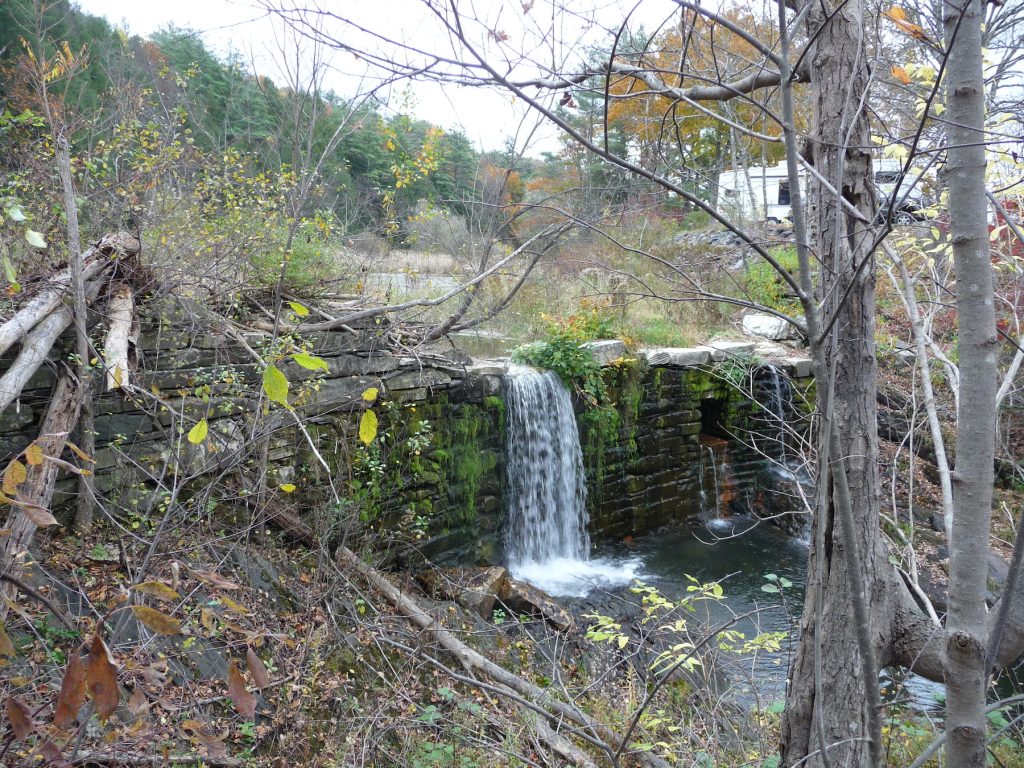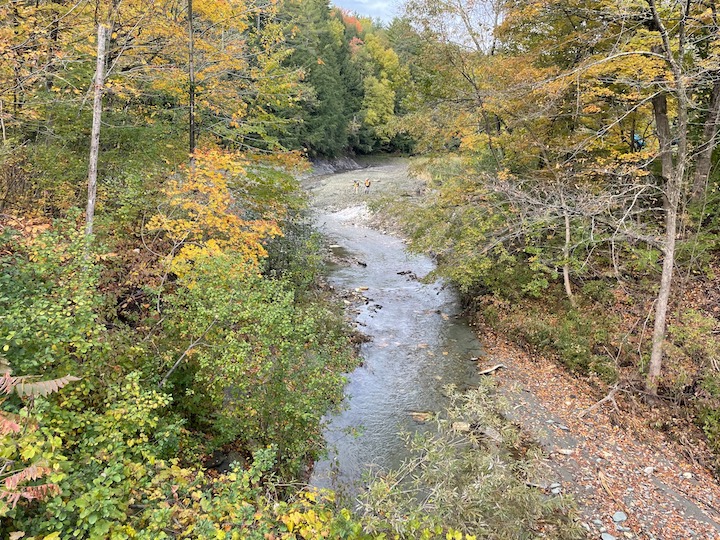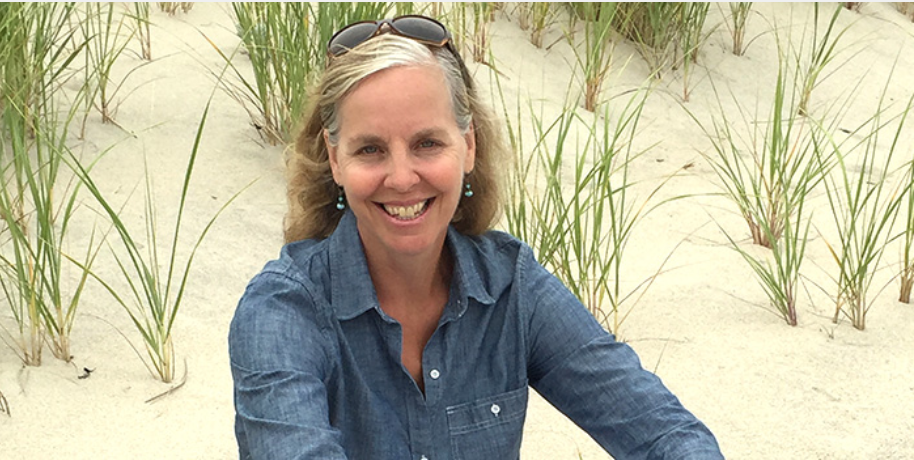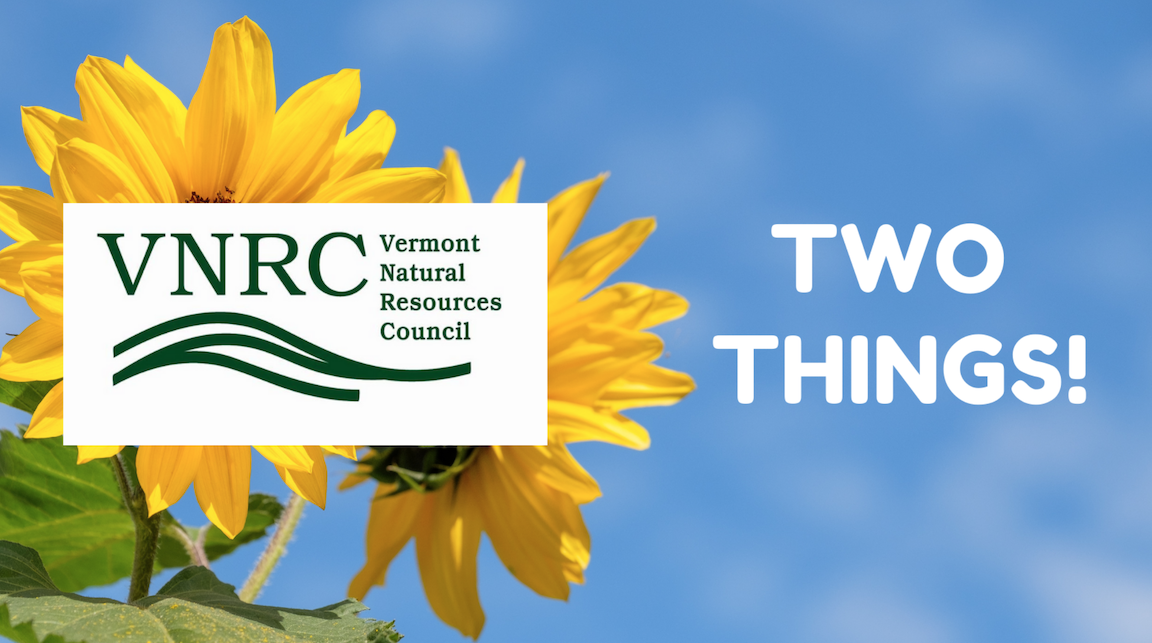Two things: A derelict dam is removed in Castleton, letting the river flow freely. And, mark your calendars for the annual Seward Weber lecture, given this year by UVM Professor Amy Seidl and hosted by our friends at Audubon Vermont.
Stay informed, stay connected. Two things!
VNRC Leads Effort in Pelletier Dam Removal, Now Completed: Wild Trout and Riparian Habitats Restored in Castleton, VT


As of October 1st, the health and function of North Breton Brook in Castleton has been remarkably improved through the removal of the derelict Pelletier Dam off East Hubbardton Road. The dam, along with 15,000 cubic yards of sediment, was removed from the stream bed, reconnecting the river to its natural flow.
Dams are a barrier to the passage of aquatic life; they obstruct fish and other animals from traveling the river, block nutrients from feeding plants downstream, warm the temperature of the stream by creating an impoundment that reduces cold water habitat for fish, elevates the water which can increase flood levels, and become a public safety and infrastructure concern for people and property.
The removal of the dam has opened approximately 37 miles of wild trout habitat. For the first time in over 200 years, trout will be able to move freely up and downstream, reconnecting populations and expanding habitat. The removal of the dam also restores about 3,000 feet of riparian floodplain and habitat that were previously buried under the pond. This riparian area will act as a sponge, soaking up rain during flood events and improving flood resiliency.
Thinking Through Place: Cultural and Ecological Influences on Residing in Vermont

How should our understanding and appreciation of Vermont’s cultural and ecological history inform the work of the environmental movement? At this year’s Seward Weber lecture, Professor Amy Seidl, Co-Director of the Environmental Program and a Senior Lecturer in the Rubenstein School of Environment and Natural Resources at the University of Vermont, will draw upon her own personal journey to Vermont to reflect upon Vermont’s “geography of whiteness”, and how we might overcome this barrier in order to fully realize the human potential needed to address the challenge of global warming in Vermont and beyond.
The Annual Seward Weber lecture series is sponsored on alternate years by Audubon Vermont, the Vermont Natural Resources Council, and the Vermont Land Trust, in memory of Seward Weber, who played an influential role in the history and accomplishments of each of these conservation organizations (including serving as VNRC’s first executive director). This event is free and open to the public. Light refreshments will be served.
Date and Time: Thursday, November 17, 2022; 7:00 – 8:30 pm
Location: Unitarian Church of Montpelier, 130 Main Street, Montpelier, Vermont




